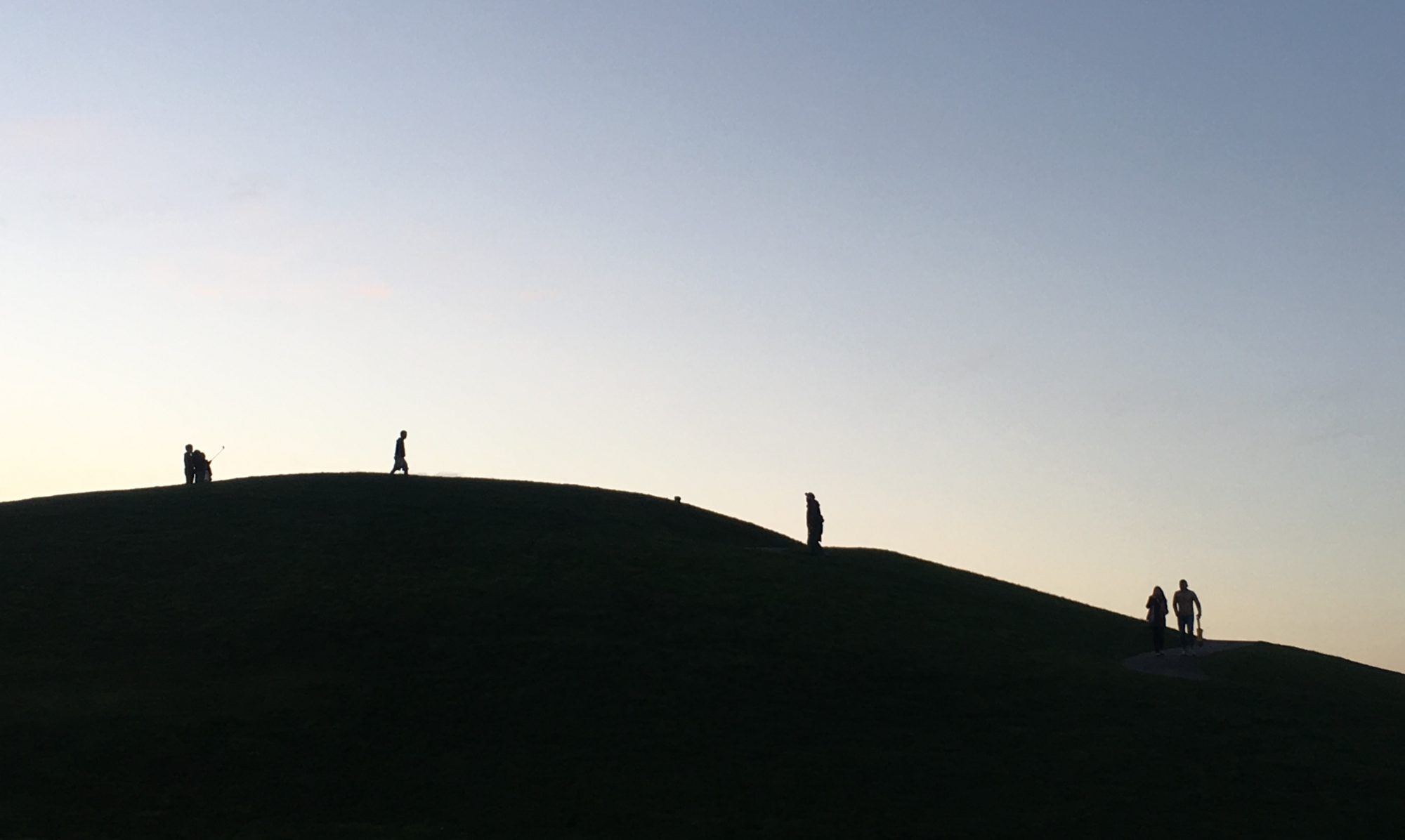A few years ago, the various authors associated with this website ran an online book club, which lasted for a couple of years. Back in August 2021, we read Capitalist Realism (2009) by Mark Fisher, an English author whose work ranges in style from academic aesthetic theory to popular commentary on the contemporary film and music scene, and who acquired a significant admiring readership among a subset of those who follow cultural criticism. Fisher committed suicide in 2017 after suffering from depression for some years. The bleak view of the world he presented in his work suggests that his decision to kill himself might in part have been to do with his discomfort at the many negative features of modern life he described, and not just the specific circumstances in which his own life was lived.
The opening chapter of Capitalist Realism is titled, “It is easier to imagine the end of the world than the end of capitalism”. It is a memorable statement, and it has achieved something of an iconic status within contemporary left-wing aesthetics of which Fisher was once an active participant. However, it is not an idea that we encounter in the writings of the leading theoreticians of Marxist influenced aesthetics – Georg Lukács or Bertold Brecht, for example – who still believed in the possibility of a much better world, even if they became sceptical about its imminent arrival. As the influence of Marxism on contemporary social theory has diminished, so too pessimism about alternatives to capitalism has flourished. Post-modernism has mostly replaced hope with cynicism.
Continue reading “Lack of imagination”